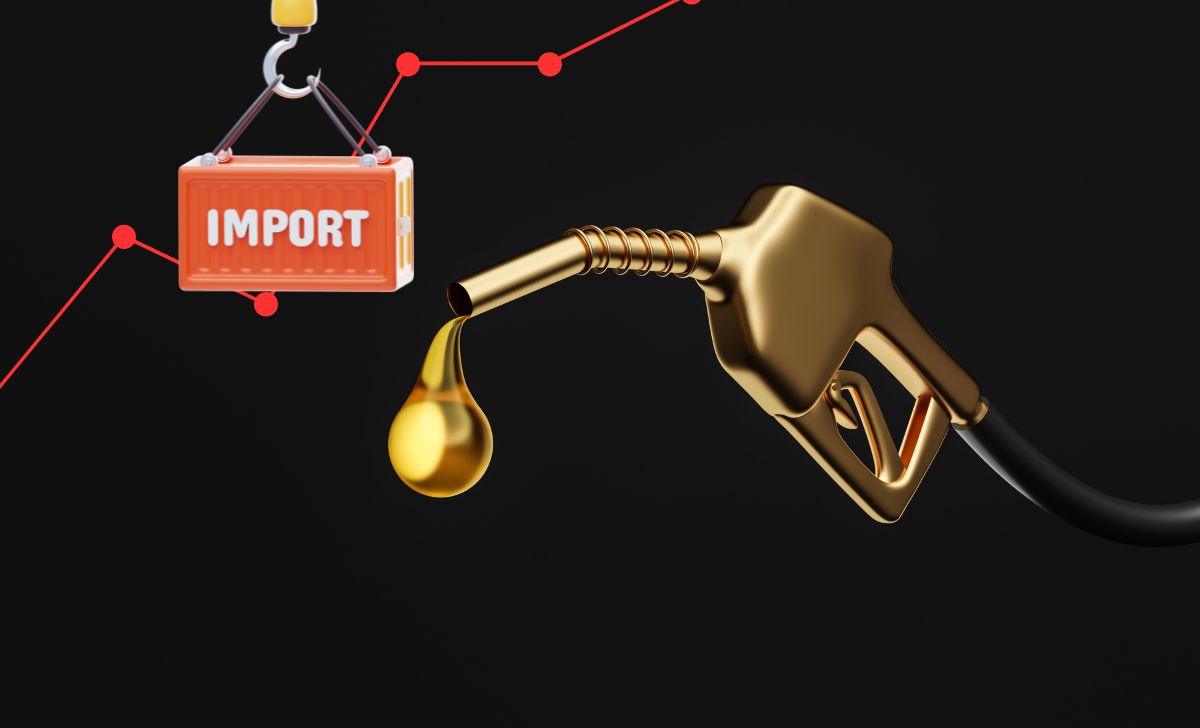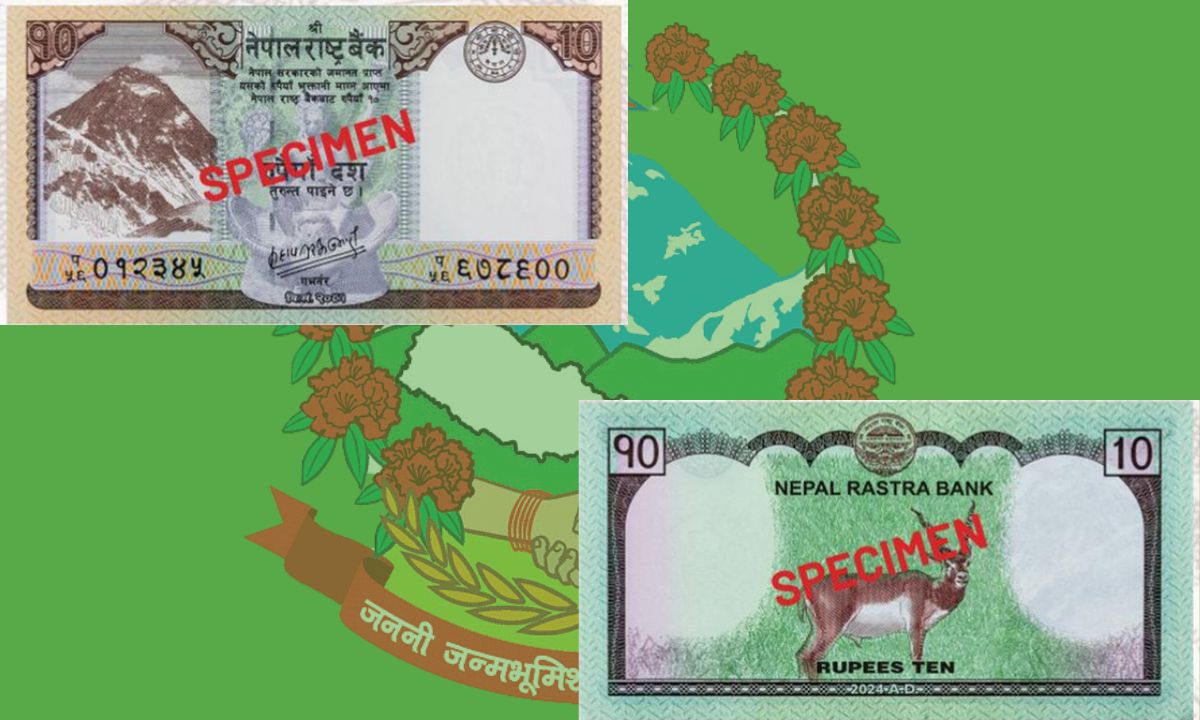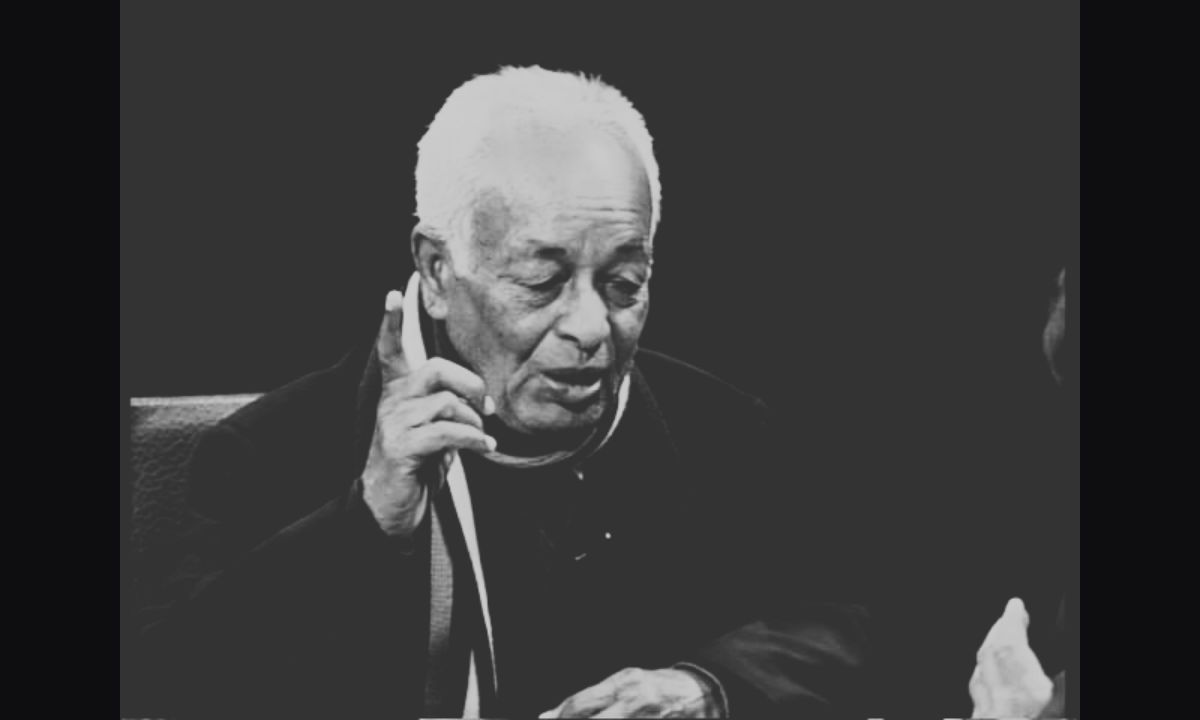In the first five months of the current fiscal year 2081/82 (from Shrawan to Mangsir), petroleum imports have risen, excluding diesel. This indicates that reducing petroleum imports, despite the growing demand for electric vehicles (EVs), is likely not achievable in the near future.
According to data from the Customs Department, imports of petrol, cooking gas, and aviation fuel have increased by the end of Mangsir, while diesel imports have decreased. Among petroleum products, kerosene imports remain minimal.
As of Mangsir, 472,807 kiloliters of diesel were imported, compared to 489,936 kiloliters during the same period last year. The amount of money spent on diesel imports has also reduced. By the end of Mangsir this year, Nepal spent NPR 42.17 billion on diesel imports, which is less than the NPR 53.90 billion spent last year.
Meanwhile, petrol imports reached 306,229 kiloliters by Mangsir, higher than the 281,970 kiloliters imported last year. However, the total expenditure on petrol imports has decreased. This year, NPR 26.45 billion was spent on petrol imports, while last year the expenditure was NPR 28.55 billion.
Cooking gas imports also saw a rise this year, with 21.77 million kilograms imported by Mangsir, compared to 21.43 million kilograms during the same period last year. The cost of gas imports increased to NPR 24.23 billion this year, up from NPR 20.66 billion last year.
Aviation fuel imports increased to 89,545 kiloliters this year, compared to 78,112 kiloliters last year. The cost of aviation fuel imports reached NPR 8.14 billion this year, slightly lower than the NPR 8.66 billion spent last year.






